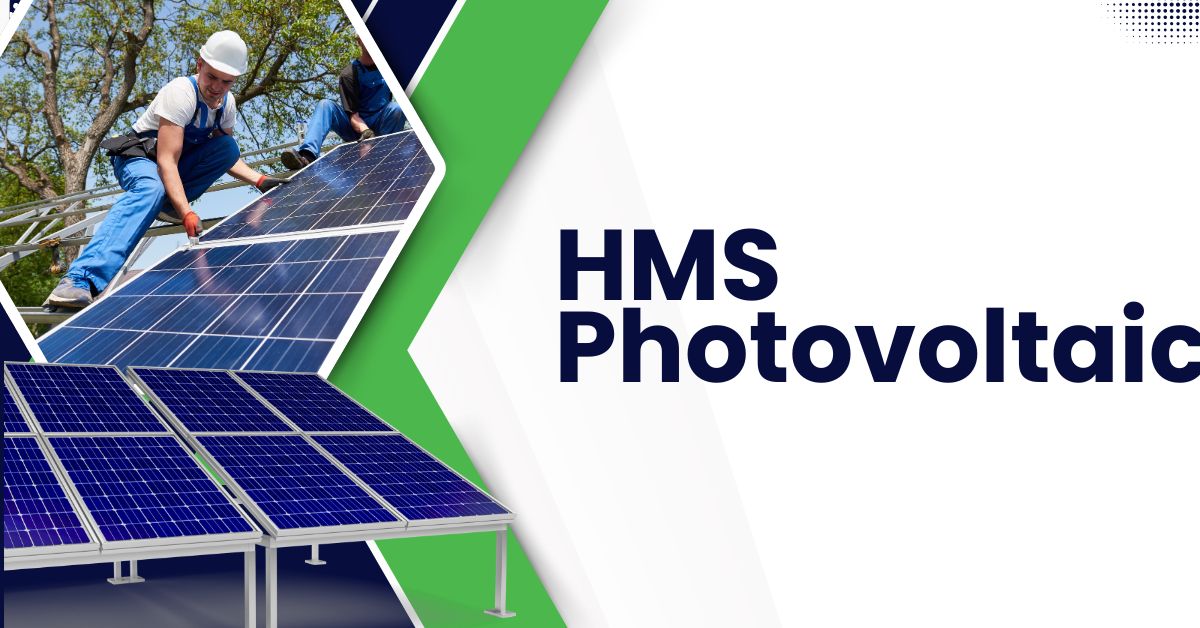If you’ve come across HMS photovoltaic, you’re likely curious what makes it stand out in solar technology today. In essence, it refers to advanced photovoltaic systems that integrate intelligent microinverters, real-time monitoring, and modular scalability—perfectly suited for modern solar needs in both homes and businesses.
How HMS Tech Elevates Solar Energy
Unlike older string inverter setups, HMS photovoltaic systems utilize micromodular inverters—think one inverter per solar panel. This design empowers each panel to work independently, so if one is shaded or malfunctions, the rest keep generating efficiently. The result is a significant bump in energy harvest and system resilience.
Compact, Plug-and-Play Microinverters—Anywhere, Anytime
The Hoymiles HMS series offers microinverters ranging from roughly 600W up to 1000W, designed for compact solar systems such as balcony arrays. These come with user-friendly plug-and-play cables, making installation straightforward.
Each unit features integrated industrial-grade Wi-Fi for seamless communication with monitoring platforms—so you can check system performance right from your phone, anytime. Their durable build also supports rapid shutdowns and upholds safety standards.
What Users Love About HMS Photovoltaic Setups
-
Durable, Efficient Operation
With peak efficiencies around 96–97%, these inverters optimize solar output on a granular level. -
Real-Time Insights
Built-in Wi-Fi enables immediate insight into panel-level performance, helping you quickly spot and resolve issues. -
Easy Expansion
Starting small? Add panels or expand later—HMS allows seamless scaling without risky rewiring. -
Better Safety
Lower DC voltage per panel and module-level shutdowns drastically enhance safety over older generation systems.
From Apartments to Industrial Roofs
On a balcony, you might plug an HMS microinverter into a normal outlet—no fuss. On commercial rooftops, these units can interlace hundreds of panels into scalable arrays. Even when one inverter goes offline, the broader system remains unaffected, ensuring uptime and continuity.
For businesses, the combination of higher solar yield, smart data, and modular layout translates into better ROI and operational confidence.
Addressing Common Concerns
While HMS photovoltaic systems offer cutting-edge tech, keep these in mind:
-
Higher Upfront Cost
Microinverters cost more initially than traditional setups, but savings from higher yield and fewer failures often justify the investment. -
Installer Expertise
Proper installation is key. Make sure your installer knows how to handle microinverter systems. -
Longevity Matters
Choose reputable brands and check warranties—HMS units are robust, but electronics still benefit from proper support and maintenance.
The Competitive Edge of This Guide
Most available pages on HMS photovoltaic technology focus on basic specs or marketing angles. This write-up stands out because it:
-
Integrates hardware features with real-life use cases
-
Explains benefits—like modular expansion and enhanced safety—in easy, practical terms
-
Maintains flowing narrative without jargon overload
-
Provides structure and clarity readers can use today
Conclusion
HMS photovoltaic technology marks a meaningful leap forward in solar energy. Its blend of microinverters, smart monitoring, and modularity delivers a powerful combination: better performance, real-time insights, and flexible deployment—whether you’re powering a balcony or a business.
